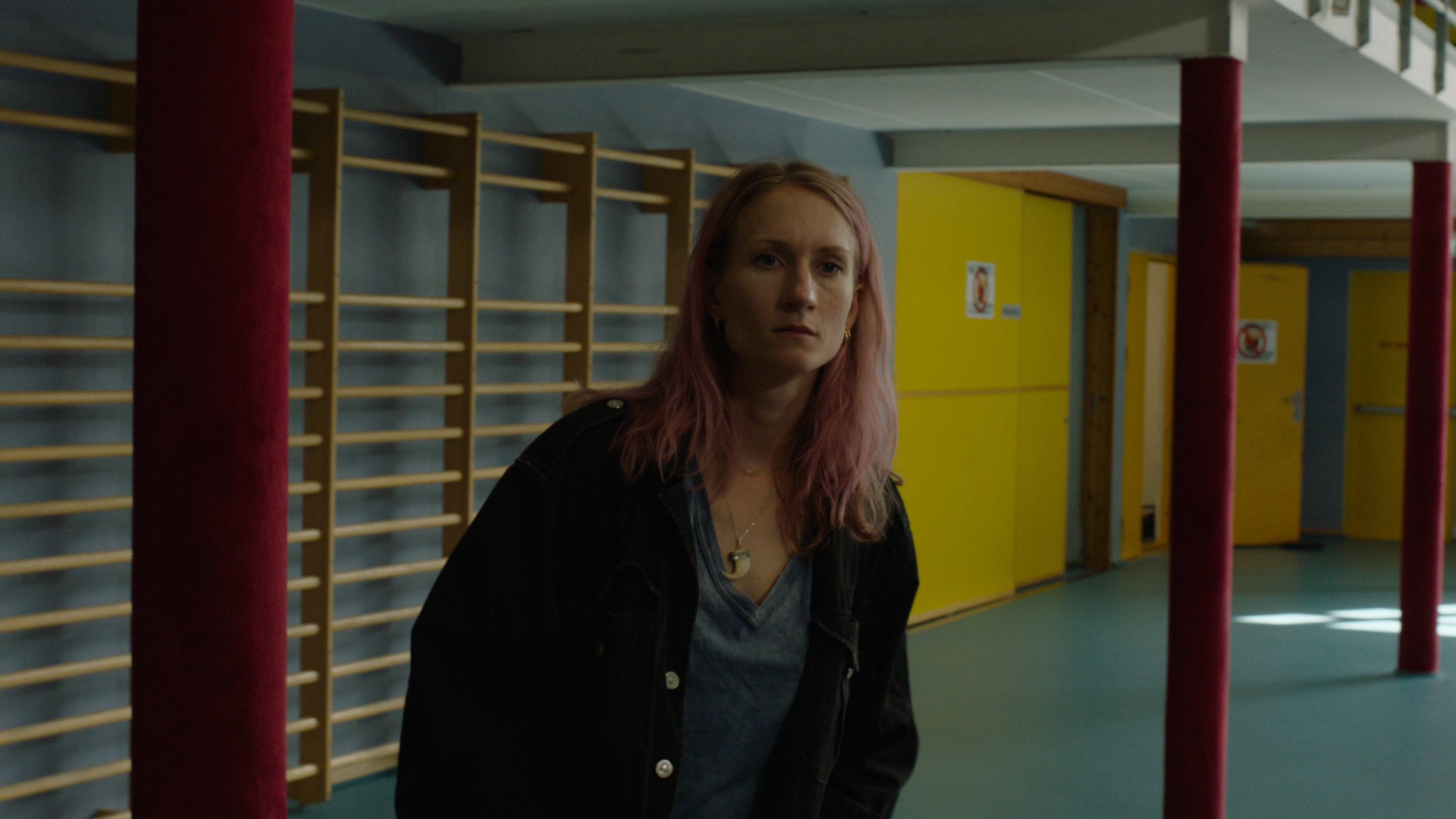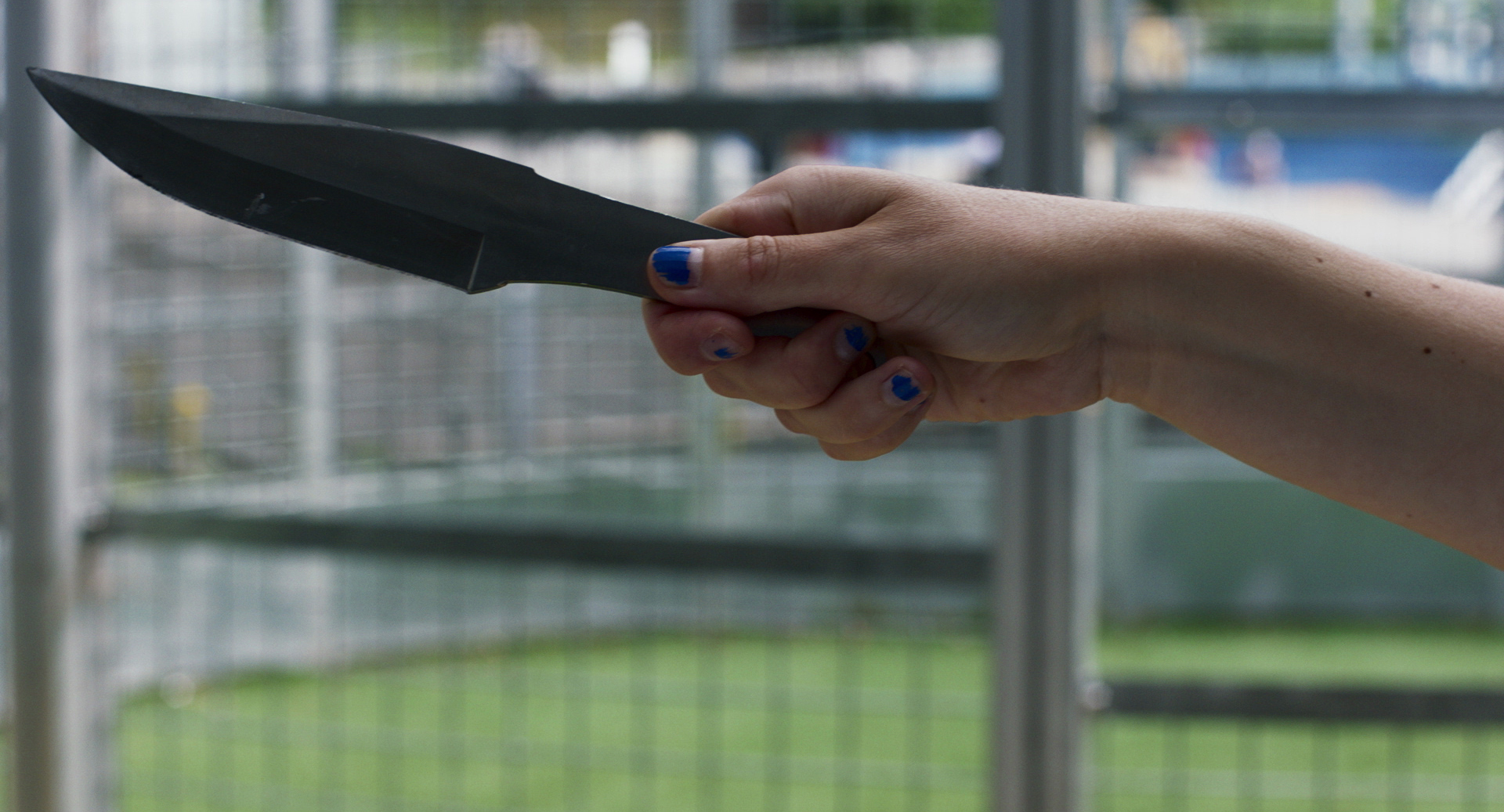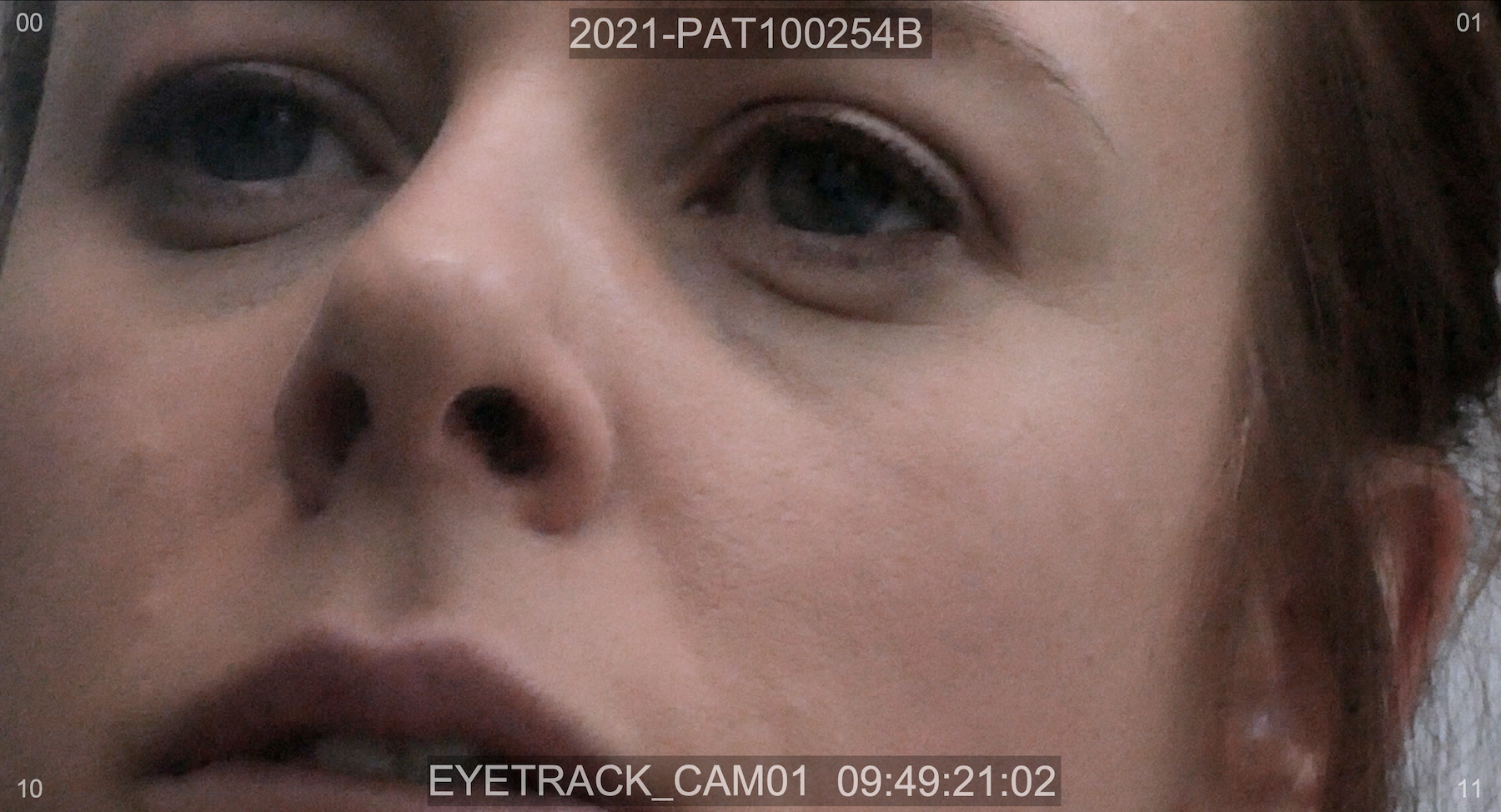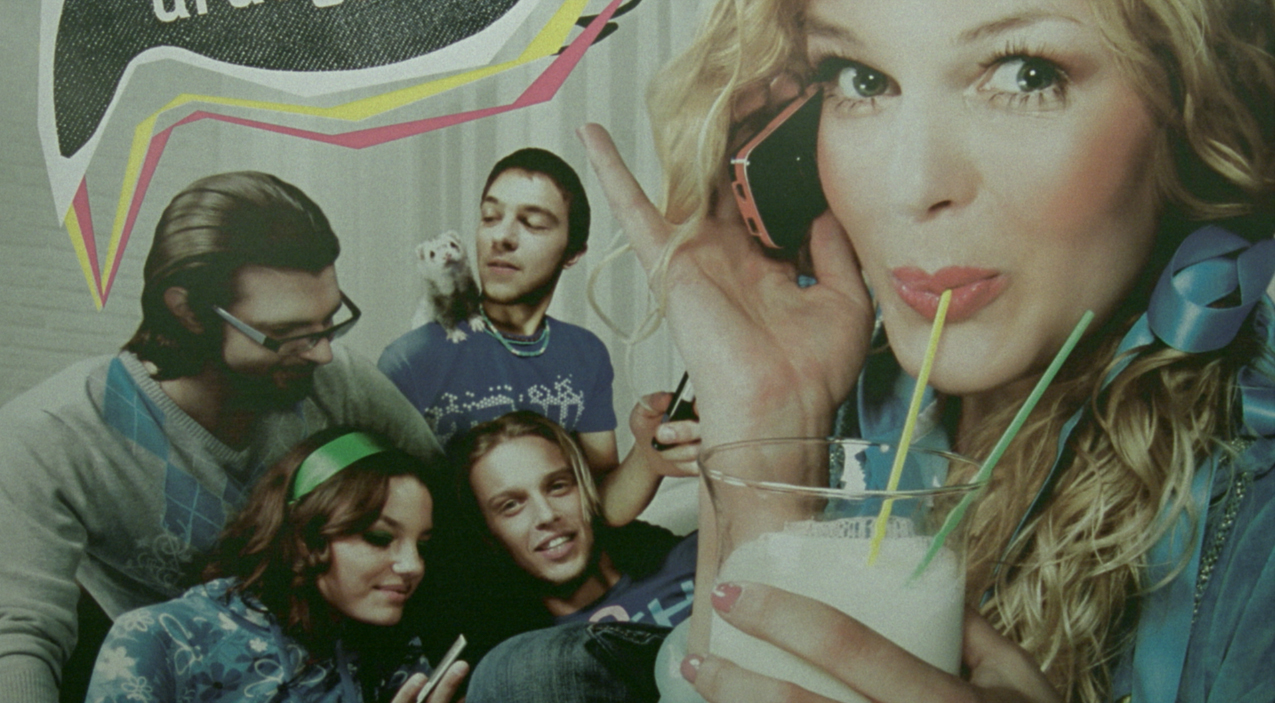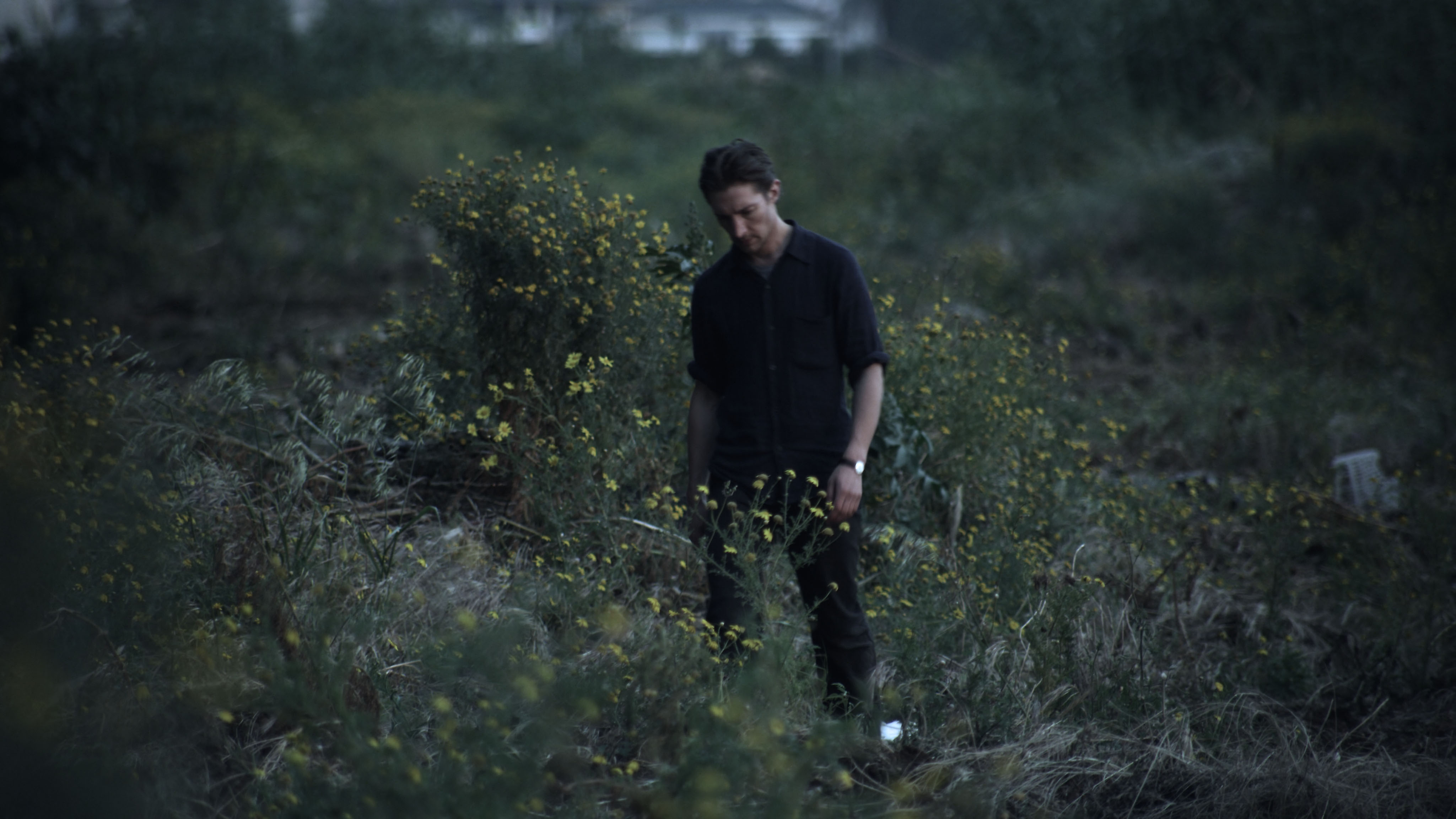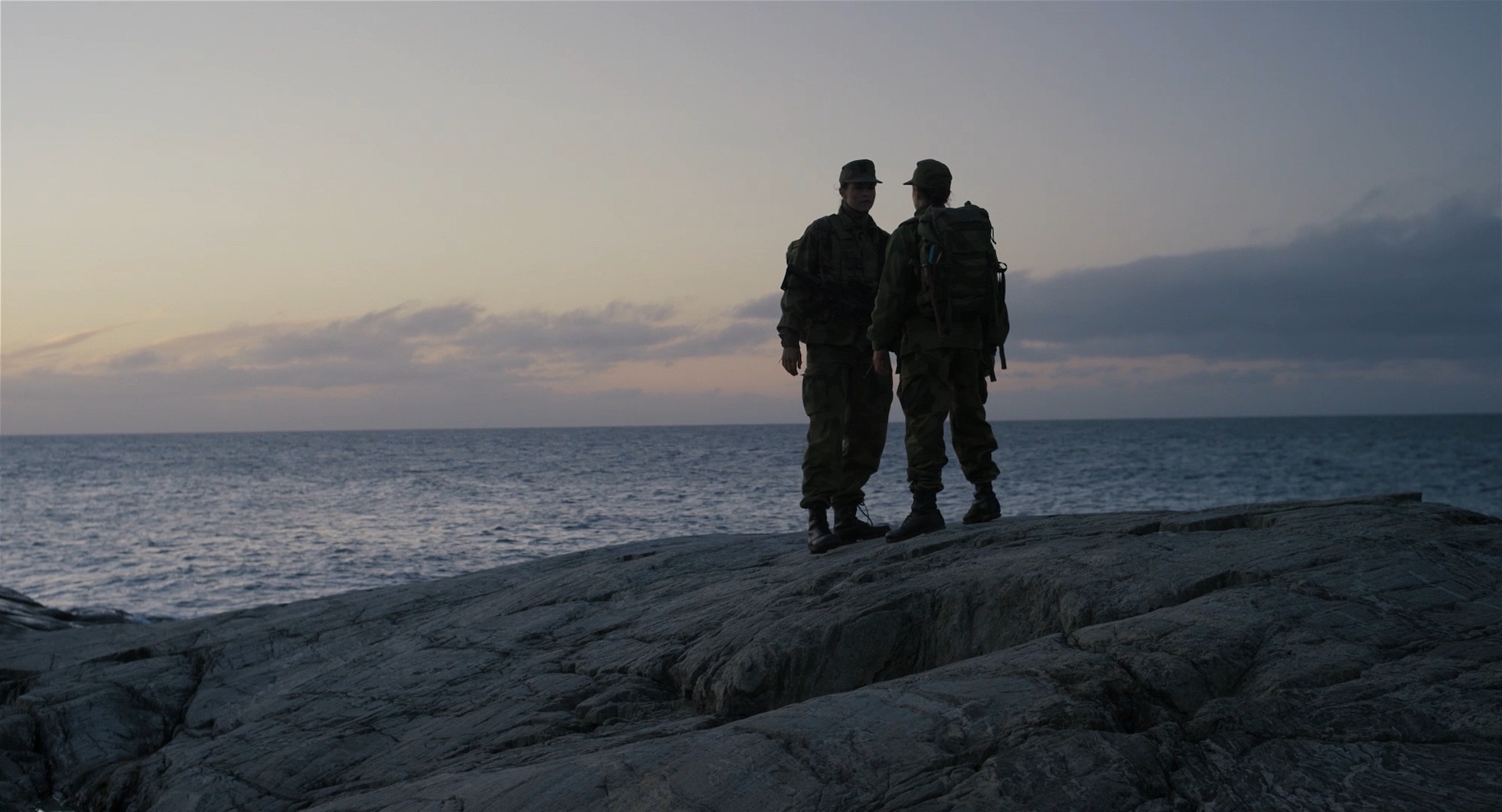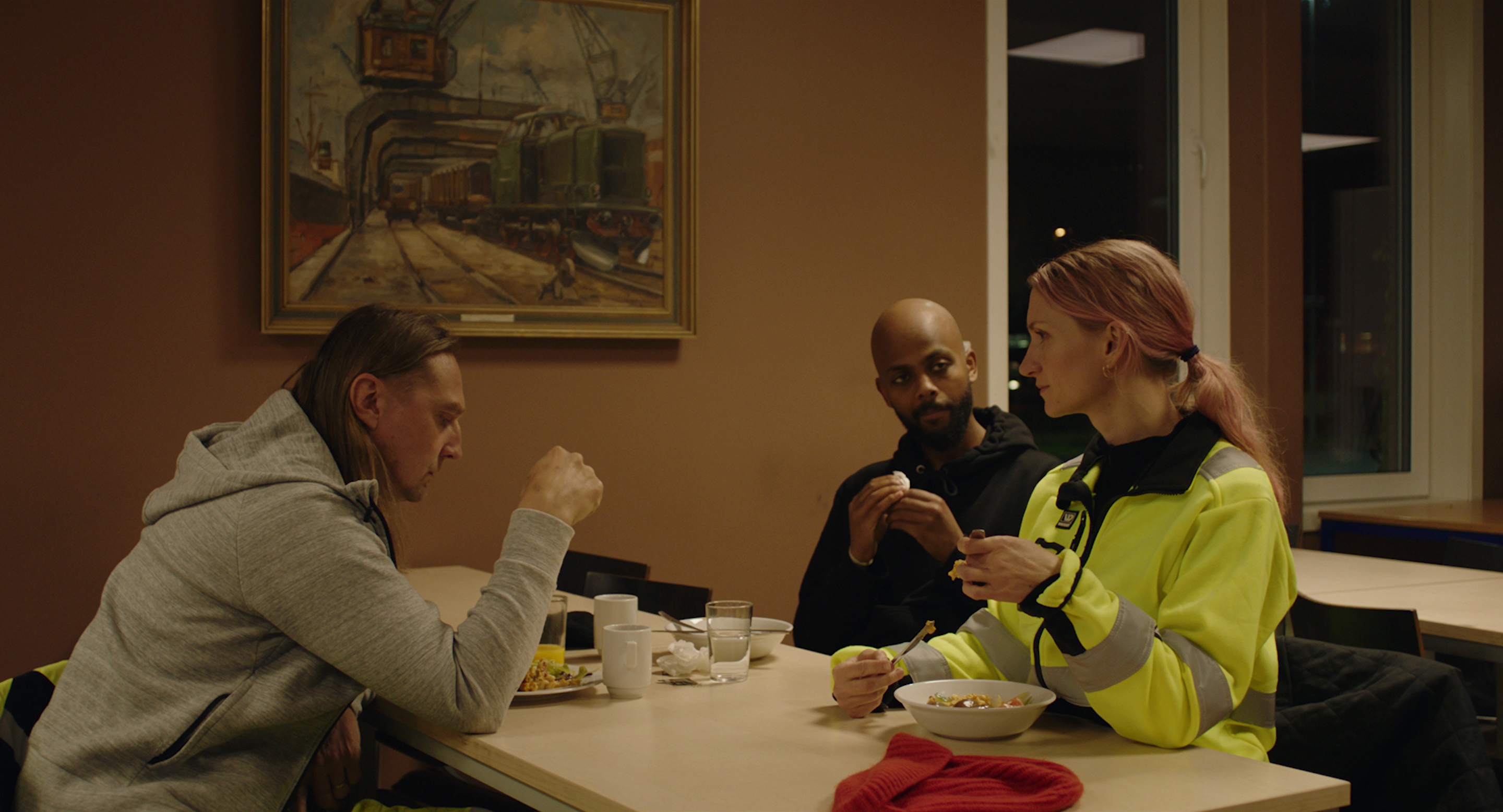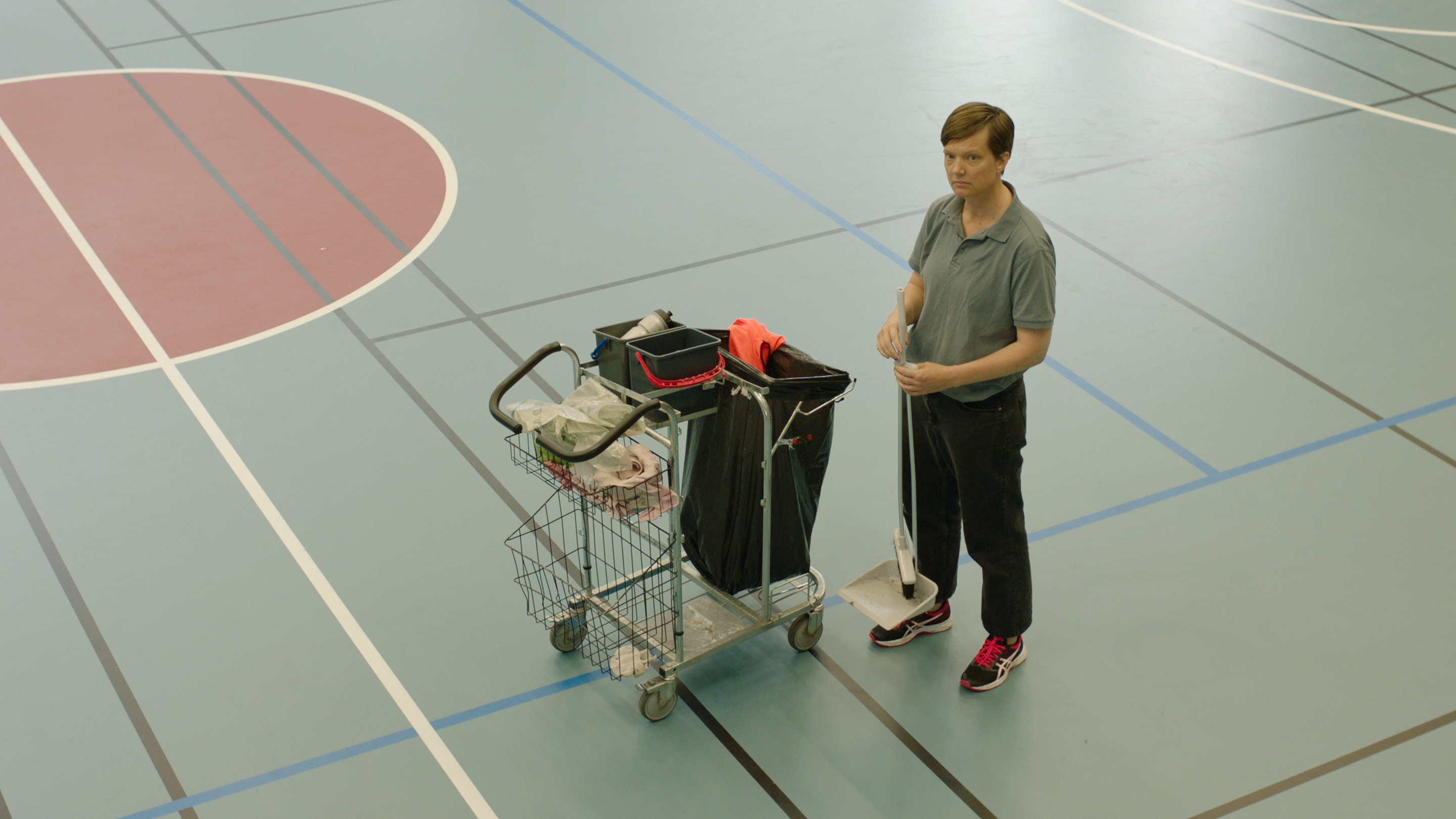Oslo 4; Sexualities
Upcoming 2023. Illustrations from previous projects.
With Birgitte Larsen, Kjersti Dalseide, Khalid Mahamoud og Magdalena Sousa Helly-Hansen.
Oslo 4; Sexualities is the 4th chapter of Oslo: WORK, SPEECH, LIVING, SEXUALITIES, STRUGGLE (2019–2025), a perennial film- and exhibition project situated in urban public space. With the topics of work, speech, living, sexualities and struggle as starting points, material for one thematic chapter is filmed annually, which is presented in fragments as installations in various urban public spaces in Oslo. Each autonomous film deals with different crisis or deviations within contemporary urbanity, and will eventually become the foundation for a feature film in 2025. Using the city of Oslo as raw material to develop narratives told from under-represented perspectives in our society, the overarching project is an acute look at our present times in a Northern European urban setting.
Oslo 4; Sexualities is set in an urban context marked by social and economic precarity and processes of change beyond the protagonists’ control, in which the characters seek room for deviation for more meaningful lives through an expanded sexual approach to the world. The characters’ exists in separate, distinct lives, but overlap through the city’s own structure. In this way, the city itself enters as a main character in the film, portrayed vividly through image and sound, with the other characters as proxies. Spaces and sites such as public transport, a mall, a backstreet or a park, act as common “interfaces” for the characters, and as frameworks for their social and economic historic contexts exerting pressure upon them. This allows for a choreography to be facilitated, of characters who are otherwise not part of each other’s lives.
The film’s thematic basis is an idea of multifaceted sexuality, in which sexuality is understood as layered in people’s relationships with their surroundings and their lives - just as much to other people as to everyday rituals and activities, objects and immaterial things in their lives. This will not be a neo-Freudian exploration, but more akin to Deleuze and Guattari’s ideas about desire’s inherency in life - understood not as something exterior or a lack, but as a vital force which allows for affirmative states of immersion.
The film’s relationship with sexuality derives from what I have previously delineated in a discussion with Simon Sheikh: “The decentered nature of my subjects (….merely thought in a social sense) are of course not the cause of them being sexed and gendered. Like everyone they are simply gendered and sexed subjects, and then they are not totally stable and centered. The relative openness (in the work) in terms of sexual identification also serves a narrative strategy; to invite the listener’s own desires and presuppositions, to implicate the desire and the narration of the listener. But it has been important to invest the experience of my work with a sense of gender and sexuality that is an affirmative difference from, and a critique and analysis of, the traditional compulsory heterosexual economy we have (also within art and architecture). However, it is not just enough to open up or queer the notions of masculinity at play, it will have to be done with the notions of femininity or woman in the work too. However, even if we are dealing with a seemingly static or stable person— that person’s subjectivity in all its parts is processual and performative. So, I don’t see it as my work to illustrate the performative and processual with speed, youth and pictorial flux—it is already in the very constituents of subjectivity (and sexuality). The point is then rather to have an identification of subjectivities in the work that open up many different attachments within the piece, attachments to different listeners and viewers.”
Cinema has a history of staging a Freudian, patriarchal and heteronormative desire, particularly evident in the structure of many major studio films. Meanwhile, cinema also has a marginalized history for staging and experiencing non-freudian or phallocentric desire. Deviant desire is present in a rich undergrowth of alternative film throughout the history of cinema, while additionally, the movie theatre has acted as a sociological site for various histories of desire, both normative and non-normative. In Oslo 4; Sexualities an open and expanded understanding of how sexuality operates is explored, not as a two-dimensional opposition to normativity, but rather as a range of minimal and unexpected deviancies embedded in small details and divergences from the normative. This acts as the foundation for a narrative strategy which allows the viewer to develop a more active relationship with what is experienced and invest their own desire into the narrative, and the film to remain more open towards various non-normative forms and types of desire.
Oslo 4; Sexualities is the 4th chapter of Oslo: WORK, SPEECH, LIVING, SEXUALITIES, STRUGGLE (2019–2025), a perennial film- and exhibition project situated in urban public space. With the topics of work, speech, living, sexualities and struggle as starting points, material for one thematic chapter is filmed annually, which is presented in fragments as installations in various urban public spaces in Oslo. Each autonomous film deals with different crisis or deviations within contemporary urbanity, and will eventually become the foundation for a feature film in 2025. Using the city of Oslo as raw material to develop narratives told from under-represented perspectives in our society, the overarching project is an acute look at our present times in a Northern European urban setting.
Oslo 4; Sexualities is set in an urban context marked by social and economic precarity and processes of change beyond the protagonists’ control, in which the characters seek room for deviation for more meaningful lives through an expanded sexual approach to the world. The characters’ exists in separate, distinct lives, but overlap through the city’s own structure. In this way, the city itself enters as a main character in the film, portrayed vividly through image and sound, with the other characters as proxies. Spaces and sites such as public transport, a mall, a backstreet or a park, act as common “interfaces” for the characters, and as frameworks for their social and economic historic contexts exerting pressure upon them. This allows for a choreography to be facilitated, of characters who are otherwise not part of each other’s lives.
The film’s thematic basis is an idea of multifaceted sexuality, in which sexuality is understood as layered in people’s relationships with their surroundings and their lives - just as much to other people as to everyday rituals and activities, objects and immaterial things in their lives. This will not be a neo-Freudian exploration, but more akin to Deleuze and Guattari’s ideas about desire’s inherency in life - understood not as something exterior or a lack, but as a vital force which allows for affirmative states of immersion.
The film’s relationship with sexuality derives from what I have previously delineated in a discussion with Simon Sheikh: “The decentered nature of my subjects (….merely thought in a social sense) are of course not the cause of them being sexed and gendered. Like everyone they are simply gendered and sexed subjects, and then they are not totally stable and centered. The relative openness (in the work) in terms of sexual identification also serves a narrative strategy; to invite the listener’s own desires and presuppositions, to implicate the desire and the narration of the listener. But it has been important to invest the experience of my work with a sense of gender and sexuality that is an affirmative difference from, and a critique and analysis of, the traditional compulsory heterosexual economy we have (also within art and architecture). However, it is not just enough to open up or queer the notions of masculinity at play, it will have to be done with the notions of femininity or woman in the work too. However, even if we are dealing with a seemingly static or stable person— that person’s subjectivity in all its parts is processual and performative. So, I don’t see it as my work to illustrate the performative and processual with speed, youth and pictorial flux—it is already in the very constituents of subjectivity (and sexuality). The point is then rather to have an identification of subjectivities in the work that open up many different attachments within the piece, attachments to different listeners and viewers.”
Cinema has a history of staging a Freudian, patriarchal and heteronormative desire, particularly evident in the structure of many major studio films. Meanwhile, cinema also has a marginalized history for staging and experiencing non-freudian or phallocentric desire. Deviant desire is present in a rich undergrowth of alternative film throughout the history of cinema, while additionally, the movie theatre has acted as a sociological site for various histories of desire, both normative and non-normative. In Oslo 4; Sexualities an open and expanded understanding of how sexuality operates is explored, not as a two-dimensional opposition to normativity, but rather as a range of minimal and unexpected deviancies embedded in small details and divergences from the normative. This acts as the foundation for a narrative strategy which allows the viewer to develop a more active relationship with what is experienced and invest their own desire into the narrative, and the film to remain more open towards various non-normative forms and types of desire.
Links
